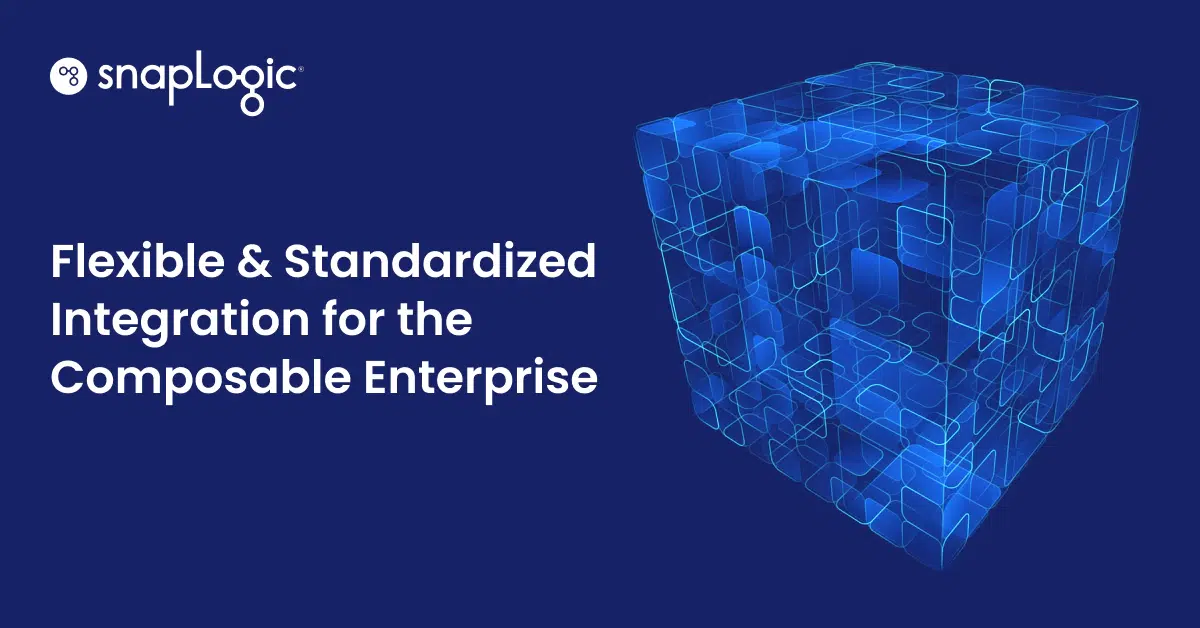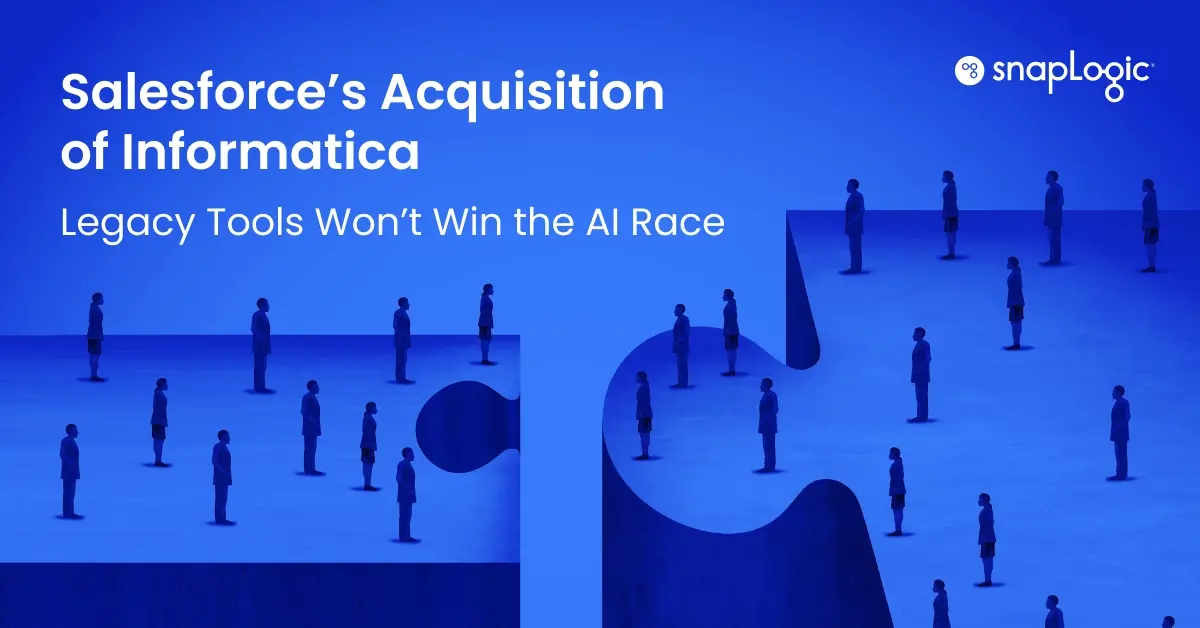What is Salesforce?
Salesforce is a leading customer relationship management (CRM) cloud suite, designed to support marketing, sales, commerce, service, and IT teams across the enterprise. Salesforce applications can be used separately, or combined through integration to form the Salesforce Customer 360 — to give a complete view of customer data across the customer lifecycle.
Salesforce applications help to streamline real-time workflows and business processes, facilitate enterprise automation, and improve customer experience. Salesforce is most widely known for the following applications:
- Salesforce Marketing Cloud helps marketing teams build lifetime customer relationships through data-based digital marketing and marketing automation.
- Salesforce Sales Cloud provides the right tools to support reps and enables sales teams to grow accounts and drive revenue with ease, from anywhere.
- Salesforce Commerce Cloud helps ecommerce businesses stay ahead of customers with an agile, single platform.
- Salesforce Service Cloud connects customer data to service experts, all on a single platform; support teams can deliver fast resolutions with AI-powered workflows and notifications.
- Salesforce Tableau Analytics delivers customer data through dashboards and other visualizations to make better business decisions across the enterprise.
Salesforce’s powerful suite of cloud solutions can accelerate digital transformation and drive better customer experiences. To realize the full value of Salesforce data across the business, however, organizations need to integrate Salesforce apps into existing on-premises and SaaS applications and systems.
Why you need to integrate Salesforce
Every Salesforce app needs to be integrated into other key systems in order to streamline workflows and deliver results. By connecting applications, data, and systems an enterprise can improve functionality, speed up time to market, and deliver a connected customer experience. The power of Salesforce lies in its ability to access customer data from multiple sources and unite that data to deliver a single view of the customer — unifying every step of the customer lifecycle journey for every part of the enterprise.
Salesforce integration methods
Today’s enterprises need to be able to move quickly, connect the systems and apps needed to create new workflows, and be able to harness real-time customer data to personalize customer experiences across the entire customer journey. The faster and easier a business can drive integration, the faster it can realize the outcomes it desires. There are common Salesforce integration tools and methods that businesses may use:
- Point-to-point integrations. This method requires manual, custom integrations that are created, updated, and maintained by developers. It is time consuming, often requiring months of labor to create and configure integrations.
- Middleware. Middleware is often referred to as “software glue”. It’s a category of software designed to provide communication or connectivity to other applications, tools, data, and databases that are outside the operating system. It makes it easier for data and apps that weren’t designed to work together, to do so. While these can provide a broader range of integrations to an application than tedious point-to-point, this method is no longer a first choice for data integration and application integration.
- Integration-Platform-as-a-Service (iPaaS). An iPaaS is considered one of the best integration platform solutions for the modern enterprise. It automates the integration process itself, uses prebuilt Salesforce connectors or APIs, easy drag-and-drop “templates” to create “integration pipelines”, and enables technical and non-technical Salesforce users to easily create workflows. With an iPaaS, integration becomes something everyone can do — and a better connected business leads to improved customer experiences.
Benefits of using an iPaaS
An iPaaS makes it easy for Salesforce admins to connect Salesforce apps anywhere they need to connect across the organization. The top three benefits of using an iPaaS, like SnapLogic, are:
- Speed. Because the integration process is automated, enterprises can create integrations in minutes, not weeks or months.
- Scalability. An iPaaS enables businesses to scale integrations as the business grows and expands, ensuring that integrations do not break and can adapt when new data and apps are added.
- Easy. Anyone authorized in the business can create integrations, no coding needed.
In order to fully leverage the benefits of Salesforce, enterprises need to choose an integration method that can deliver the outcomes they need, at the speed they need. An iPaaS is the best method for the modern enterprise.
Learn more SnapLogic Salesforce integrations.










